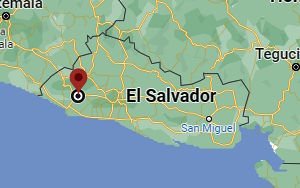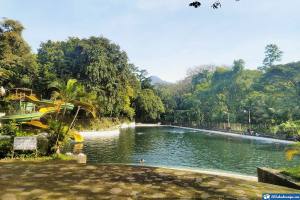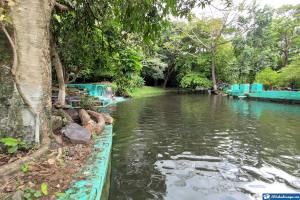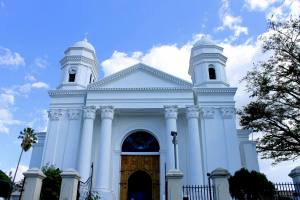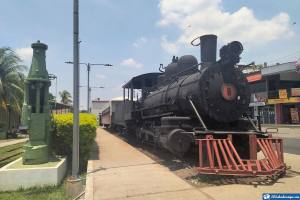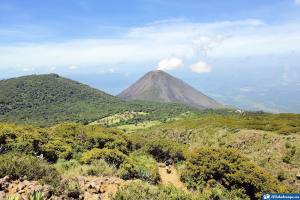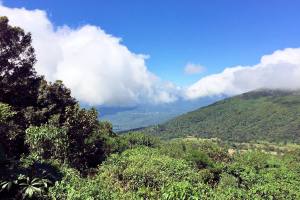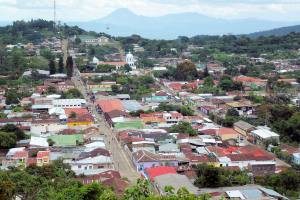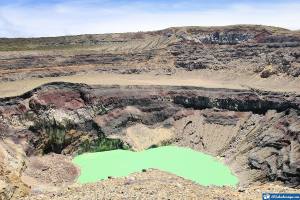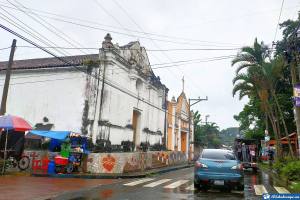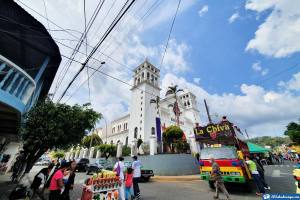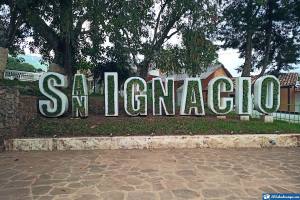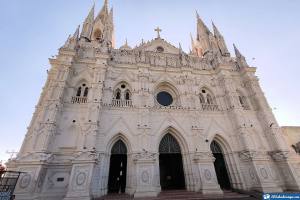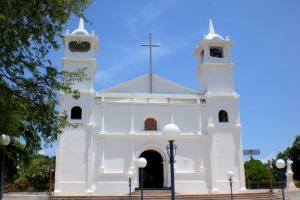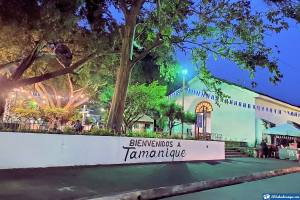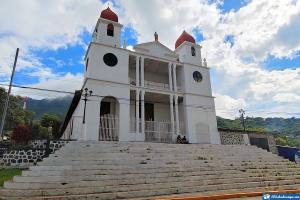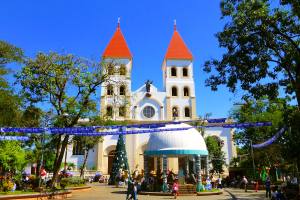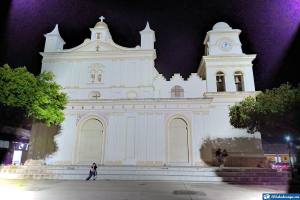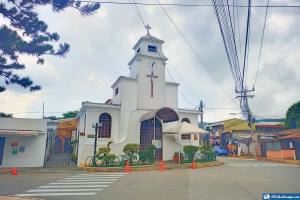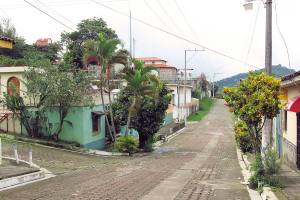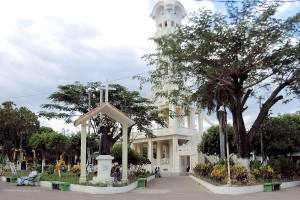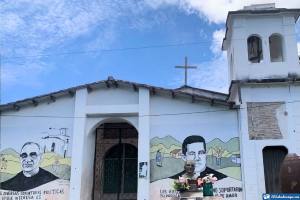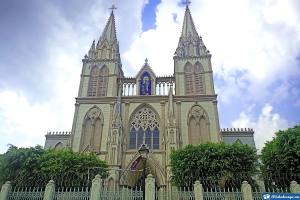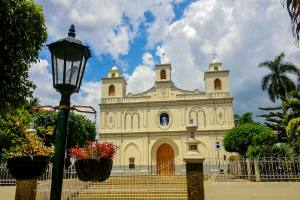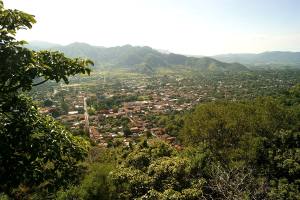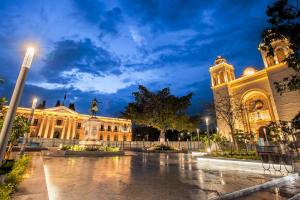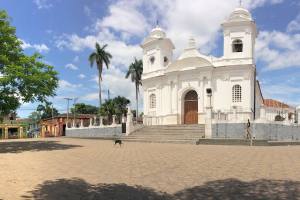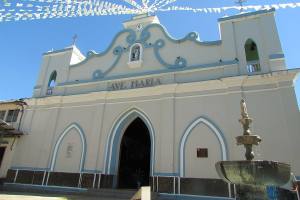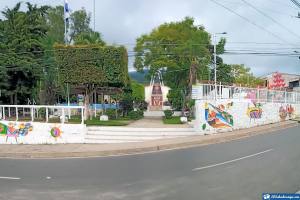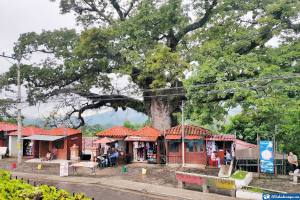This time we know the town of Izalco, a place full of history and fascinating legends, but with a tremendous cultural and ancestral heritage enhanced by its indigenous roots, being part of one of the living peoples of El Salvador.
Enjoy this town with so much history and indigenous tradition.
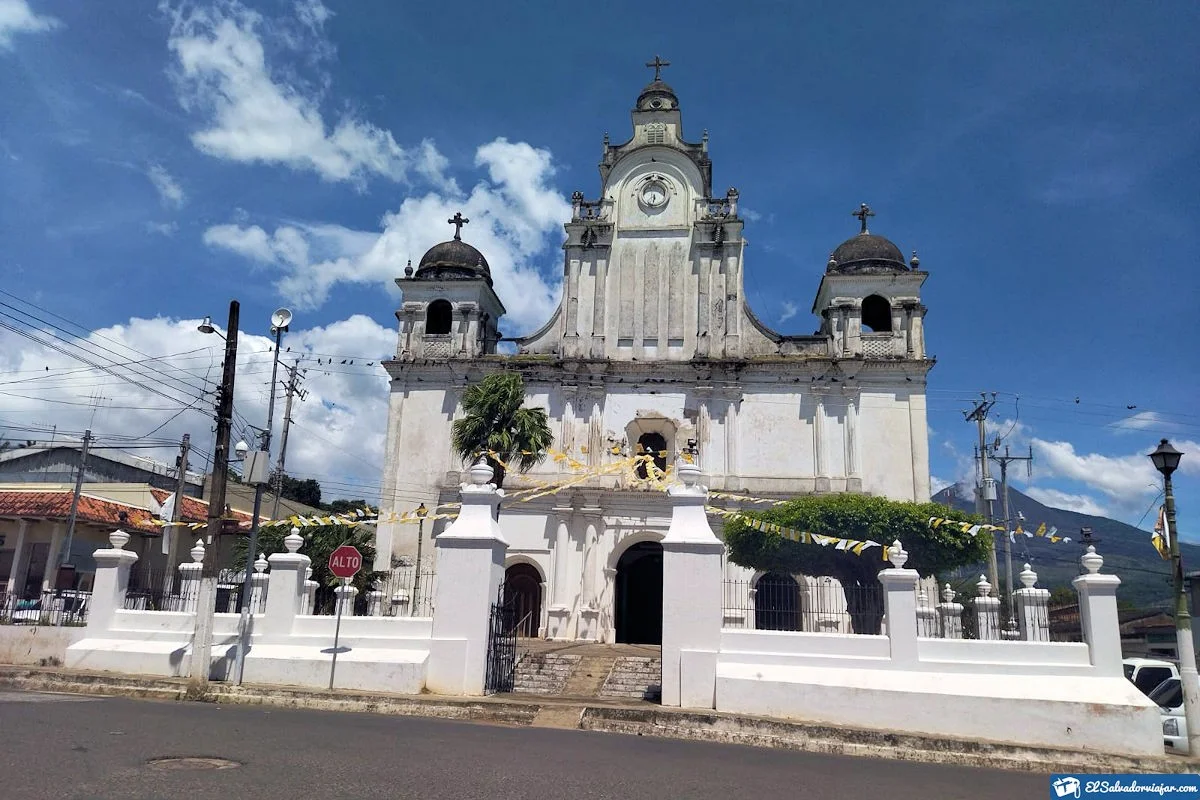
IZALCO - Villages of El Salvador. Photo by ElSalvadorViajar.
Izalco Data
| Country: | El Salvador |
|---|---|
| Department: | Sonsonate |
| Category: | Villages |
| Elevation: | 389m |
| Surface: | 175.9 km² |
| Indigenous People: | Nahuas |
| Advice: | Enjoy its streets and its indigenous roots. |
History and Characteristics of Izalco
The city of Izalco belongs to the department of Sonsonate. In the west of the country and almost 60 kilometers from the Salvadoran capital.
Its name means in Nahuatl “place of the obsidian houses,” being this a volcanic rock of very dark color.

It is located in lands known to have been populated by the Nahua people. Before the conquest by the Spaniards. They also stood out for the production of cocoa in pre-Columbian times.
A territory that reached its town category in April 1927, watered by many rivers and sheltered by hills and plains, highlights the Izalco Volcano as a real natural beauty.
What to see and visit in Izalco
The people’s religious devotion to Izalco has accompanied them since the beginning of their history. When we walk through the town’s streets, we find Catholic temples any more beautiful than the others.
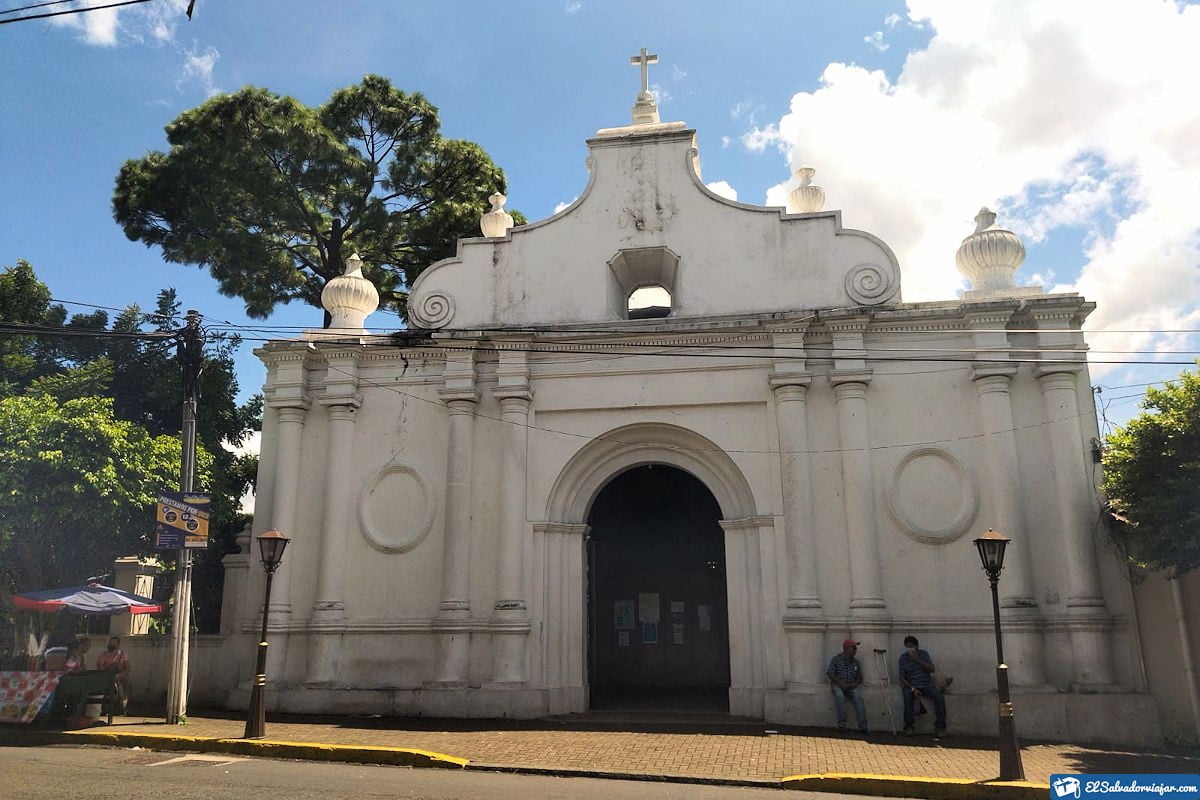
We visited the Church Nuestra Señora de la Asunción, a work completed in the late sixteenth century. Still, in 1773 the sanctuary collapsed due to the earthquake of Santa Marta, and the result was complete around 1815. Some remains of the original construction can be seen in the surroundings.

A few steps away, there is a place that gathers the inhabitants of the village: El Llanito, where a small structure has been erected with stones, and an unknown number of neighbors are buried; it represents the indigenous and peasants massacred during a revolt in 1932.
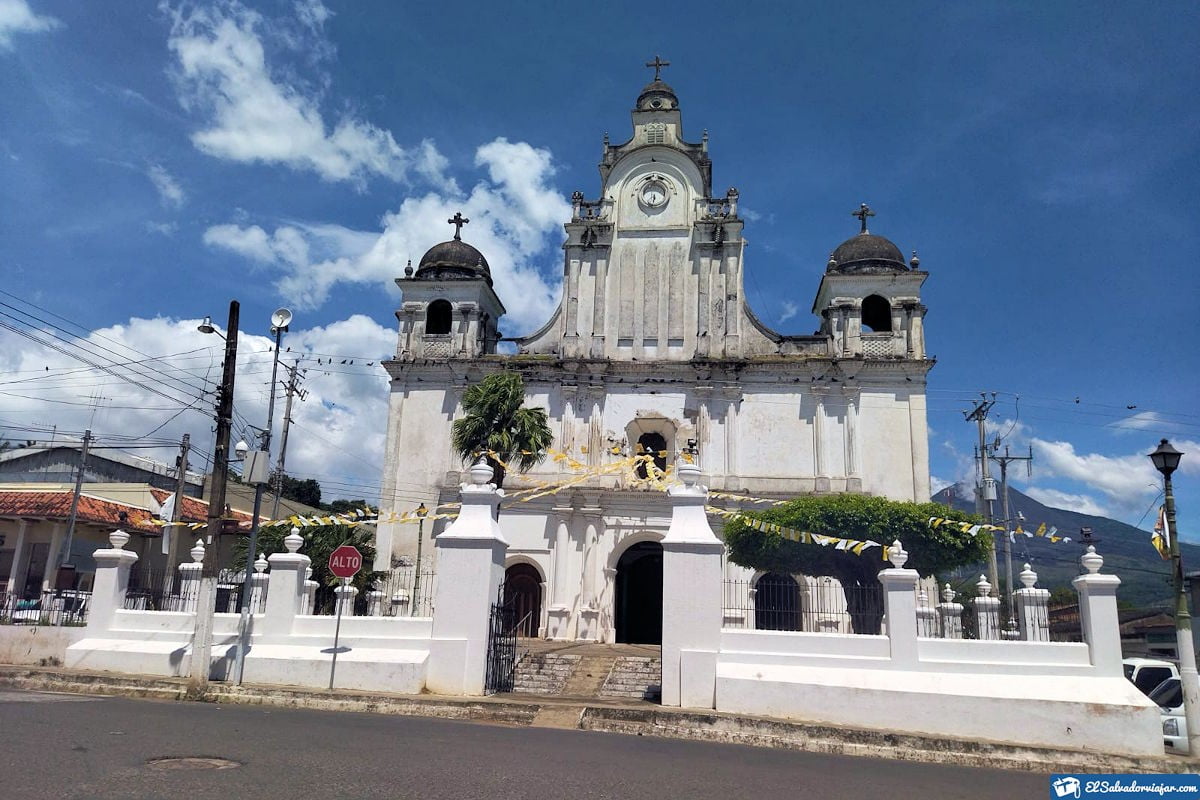
Now we go to the Church of Nuestra Señora de Los Dolores, with an elegant colonial style in its facade and two large and very high towers that give greater prestige to the temple.
Another interesting place worth visiting is the Casa Barrientos, built in 1864, which still maintains the charm of its good times, with wide corridors and a large central courtyard. In addition, its entrance with wooden gates displays the family coat of arms. Also, in some of the rooms inside.
It is so important that it has been declared a Cultural Heritage of the Municipality.
Izalco’s Patron Saint Festivities and Gastronomy
The best way to get to know the inhabitants of Izalco in depth is through their festivities. You can observe the deep religious fervor that runs through their veins, especially during Holy Week, when hundreds of neighbors and tourists take to the streets to accompany the processions.
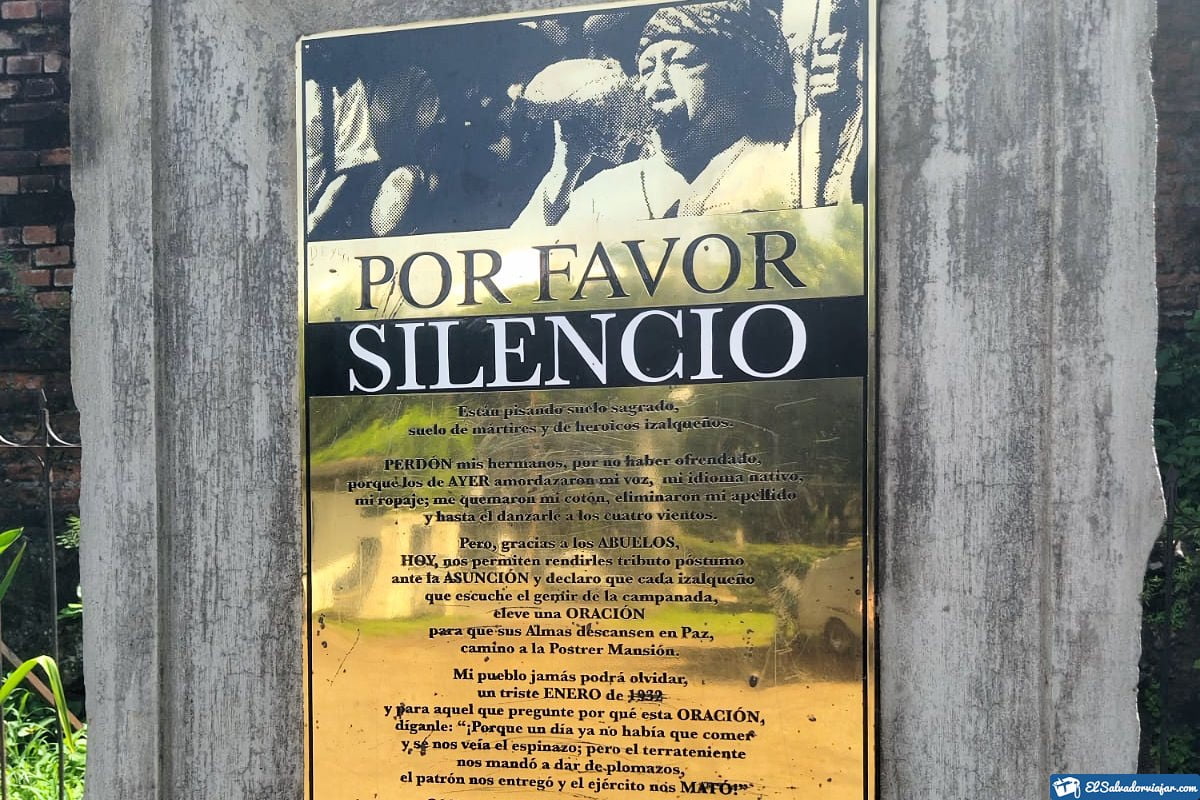
The Brotherhoods of the Churches of La Asunción and Dolores walk the streets of this town, some dressed in purple tunics and carrying images of Jesus Christ to represent the martyrdom of his crucifixion.
Those who carry the images do it as a sign of payment of promises and to further strengthen their faith. Some children have small crosses as they make their walk.
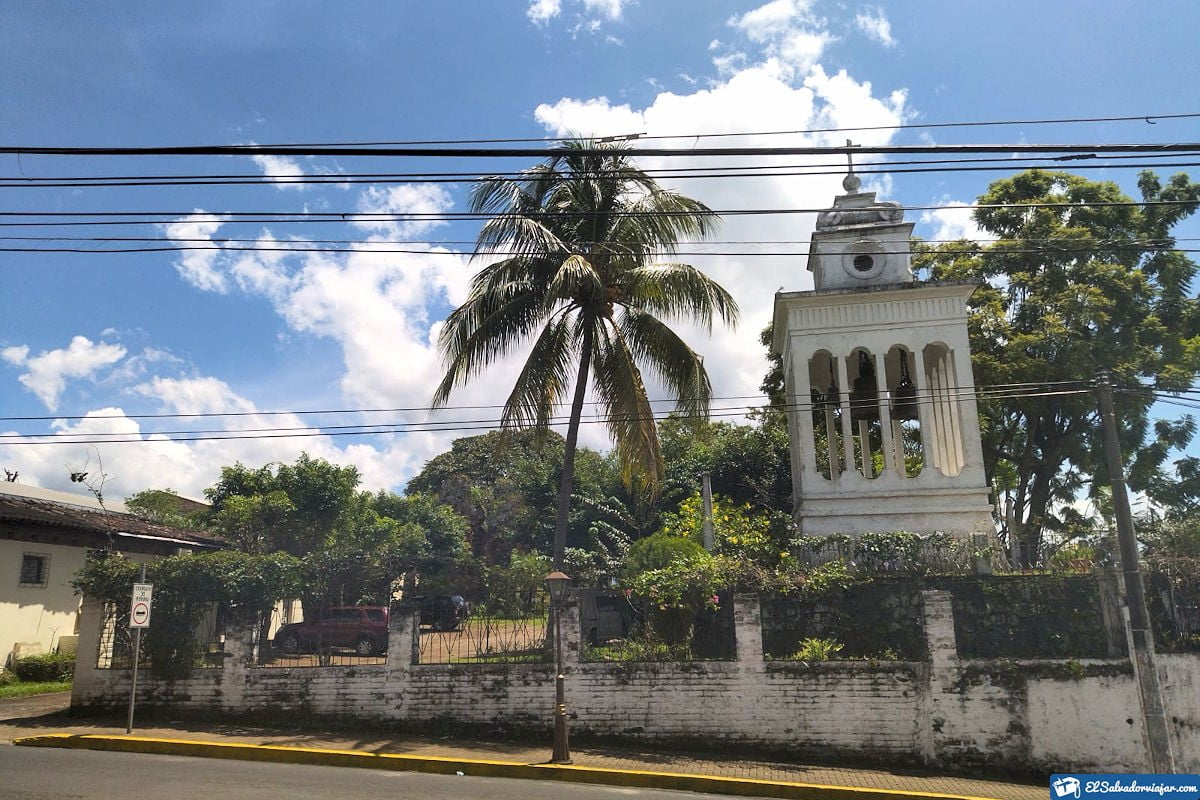
The members of the indigenous communities make their journey on Holy Thursdays, with the Procession of the Twelve Christs; this custom began in 1945 after some natives found an image buried in the field.
In this opportunity, all the Brotherhoods also participate in the processions that can last up to 16 hours.
Another crucial moment occurs in August, during the Patron Saint Festivities that honor the Virgin of the Transit and Assumption. In December are the festivities for the Virgin of the Immaculate Conception, which includes a procession to the volcano’s slopes.
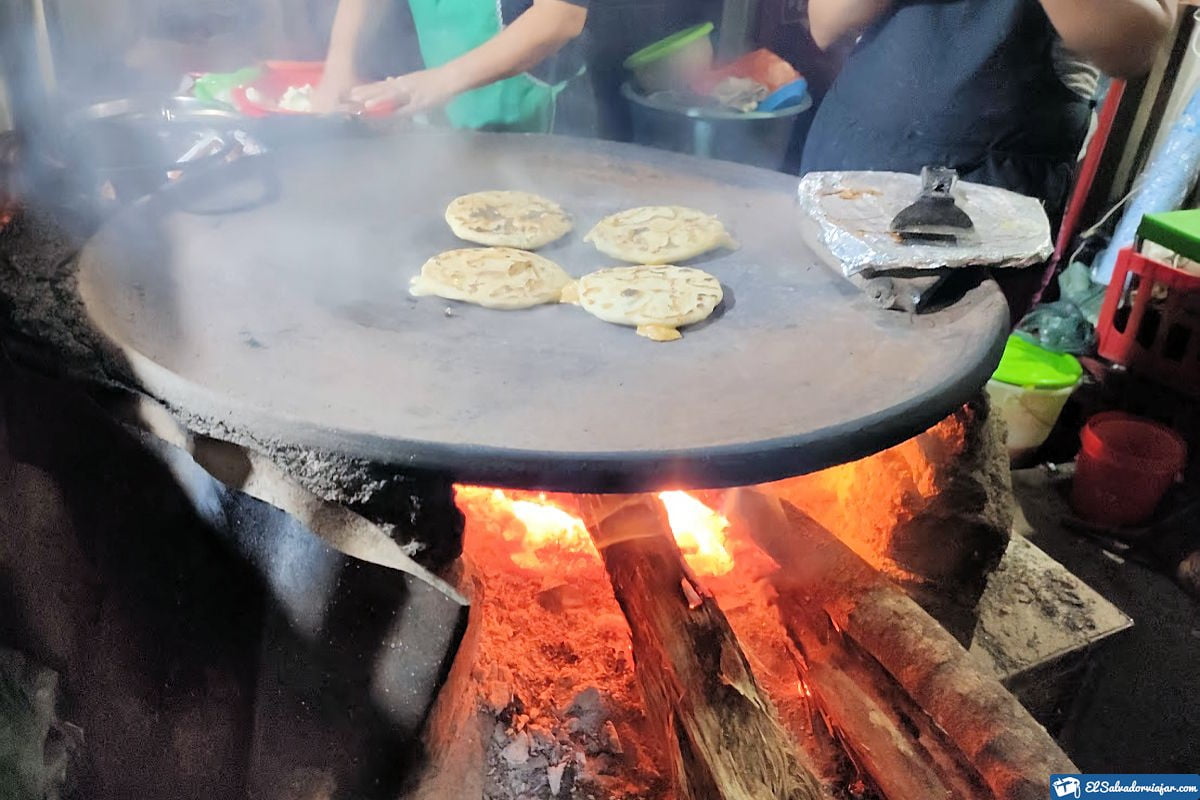
On December 24, the Jeu takes place. When the participants go to the Church of La Asunción; to make offerings of corn to the Child Jesus, the rhythm of the songs ends with the expression “Jeu,” which means “amen.”
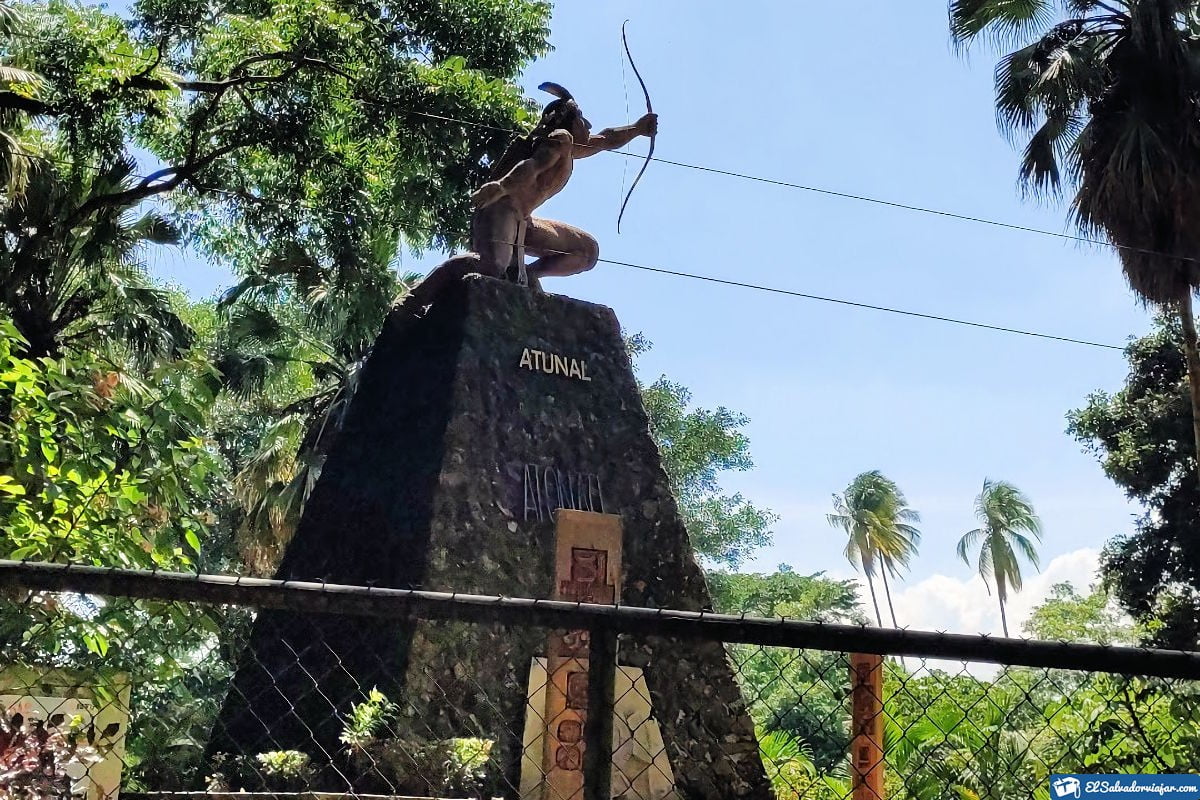
And as for the gastronomy, we highlight that it accompanies the daily life of the izalqueños in dishes as delicious as pupusas, corn coffee, and changa bread, made with cottage cheese, sweet panela, and corn dough that is wrapped tamale-like, or a hot drink called chilate.
Nearby places to visit
Within the same village, there is a natural space called the Atecozol Aquatic Park, where you will feel the smell of the forests full of balsam trees and enjoy the freshwater of the rivers that feed the pools.
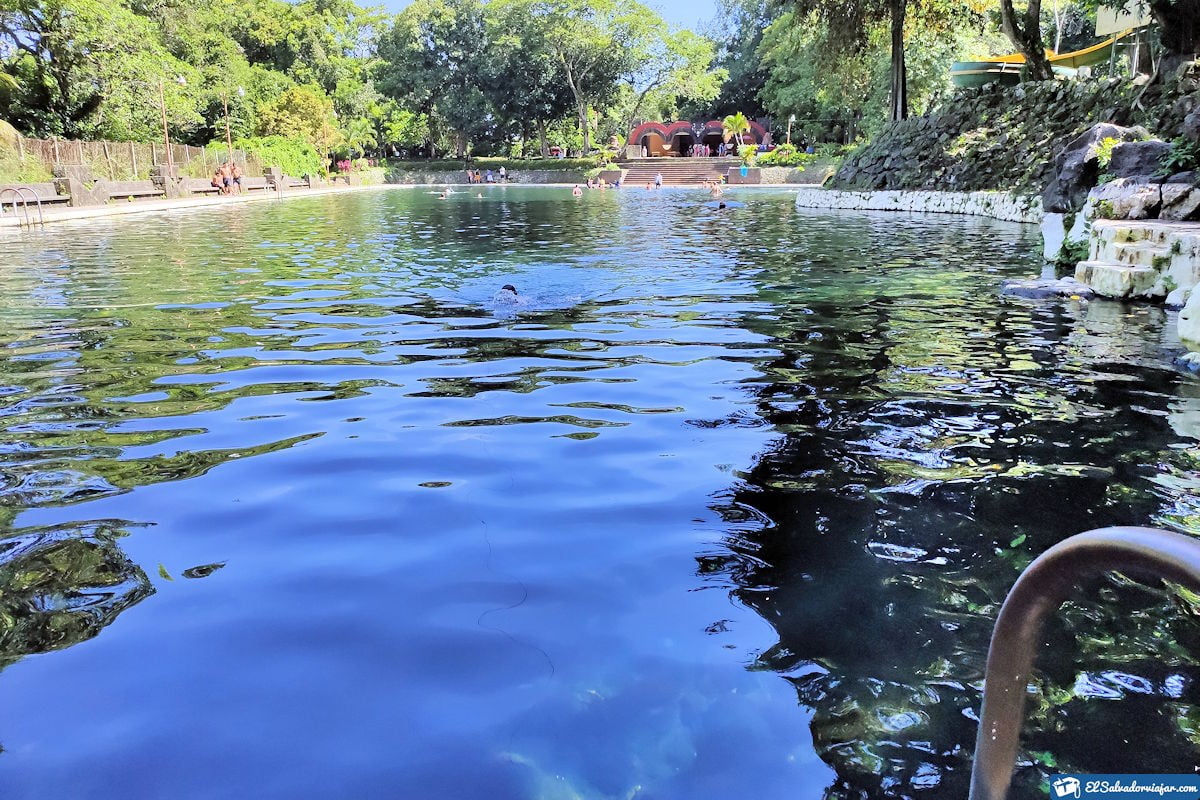
It also has a temazcal for a spiritual cleansing ritual. You can also go to the town of Caluco, where you will find different pools and water parks such as Shutecath, better known as Caluco pools.
To complete the visit, I invite you to the Izalco Volcano. The story goes that its first lava explosions were so big that they could be seen from the ocean, which is why it is also known as the “Lighthouse of the Pacific.”
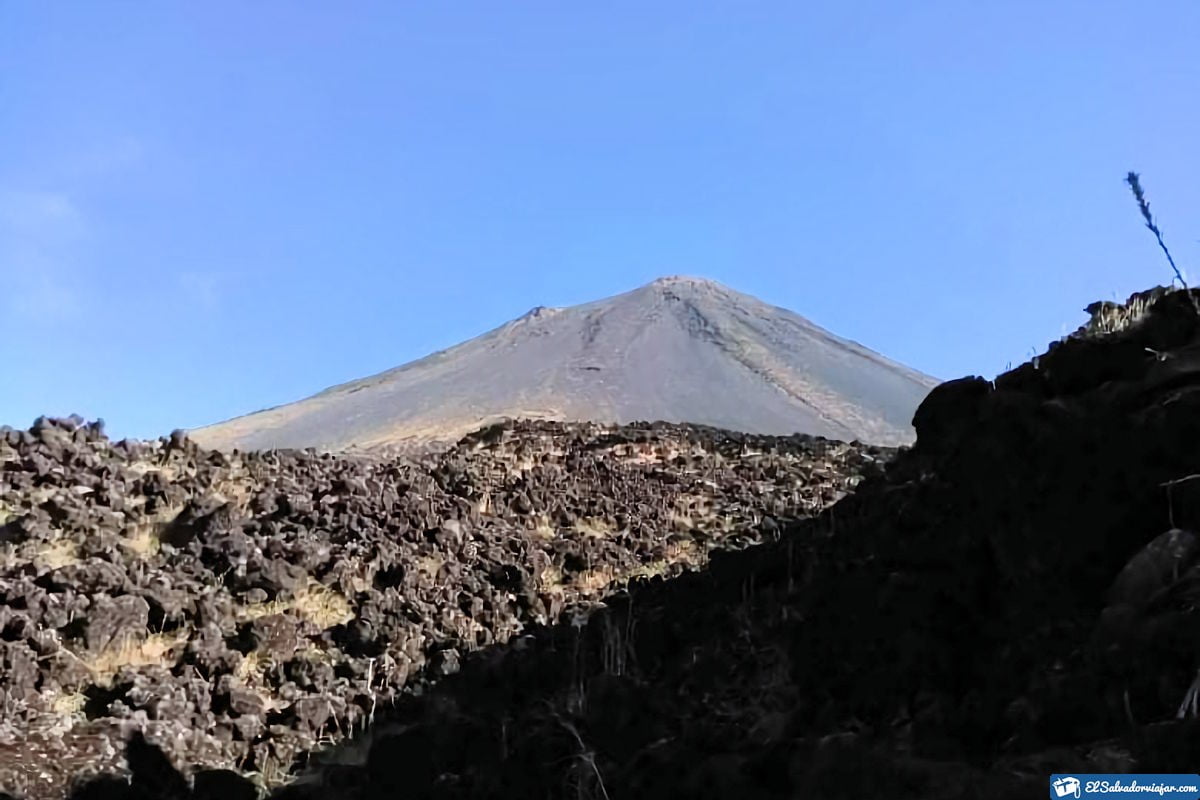
The walk takes us to relax, breathe fresh air, and walk the paths of small volcanic stones. The forests are full of birds, deer, and coyotes, which is the youngest volcano in El Salvador.
If you plan your next vacation, the Salvadoran town of Izalco awaits you with its traditional cordiality, welcoming you to an ancestral and cultural space full of stories and customs that will not disappoint you.
